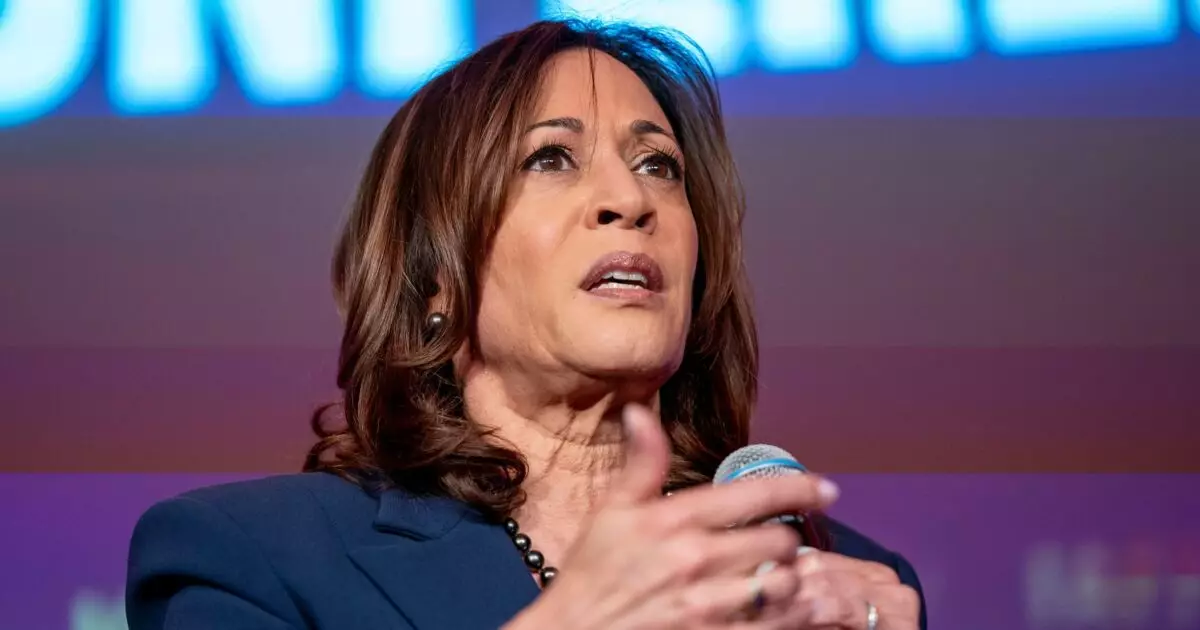The recent announcement by the Environmental Protection Agency (EPA) regarding $20 billion in grants to support clean energy projects in underserved areas has sparked both excitement and controversy. This marks the largest federal investment in climate-related projects to date, highlighting the government’s commitment to addressing environmental challenges. The grants are a part of President Joe Biden’s ambitious $27 billion Greenhouse Gas Reduction Fund, aimed at catalyzing public and private capital for clean energy initiatives.
Despite the positive intentions behind the grants, there have been concerns raised by Congressional Republicans who view the program as a “slush fund” with insufficient oversight. The House recently passed a bill to repeal the program, citing the need for more transparency and accountability in how the funds are allocated. While criticism is to be expected with any large-scale government initiative, it is essential to address these concerns to ensure the effective and equitable distribution of funds.
One of the key highlights of the grants announcement is the prioritization of low-income and disadvantaged communities. At least 70% of the $20 billion will be directed towards these underserved areas, aiming to provide them with access to capital for clean energy projects. This focus on equity and inclusion is a significant step towards addressing environmental justice issues and ensuring that all communities have the opportunity to benefit from sustainable energy solutions.
The grants are expected to have a dual impact on both the economy and the environment. By leveraging private capital and public investment, the funds are projected to support thousands of clean energy projects, including clean power generation, home retrofits, and zero-emission transportation. This investment will not only create jobs and stimulate economic growth but also help reduce carbon pollution by up to 40 million metric tons annually over the next seven years.
Partnerships and Collaboration
A key aspect of the grants program is the emphasis on partnerships with private entities and nonprofits. The winners of the grants will collaborate with private organizations to offer low-interest loans for clean energy initiatives, ensuring that the funds are utilized effectively and sustainably. This collaborative approach is crucial for maximizing the impact of the grants and fostering innovation in the clean energy sector.
Looking ahead, the $20 billion clean energy grants represent a significant milestone in the government’s efforts to combat climate change and promote a more sustainable economy. The establishment of the Greenhouse Gas Reduction Fund and the Solar for All program demonstrate a long-term commitment to investing in clean energy solutions and prioritizing environmental stewardship. By engaging with communities, leveraging private capital, and fostering innovation, these grants have the potential to drive meaningful change and create a greener, more equitable future for all.

